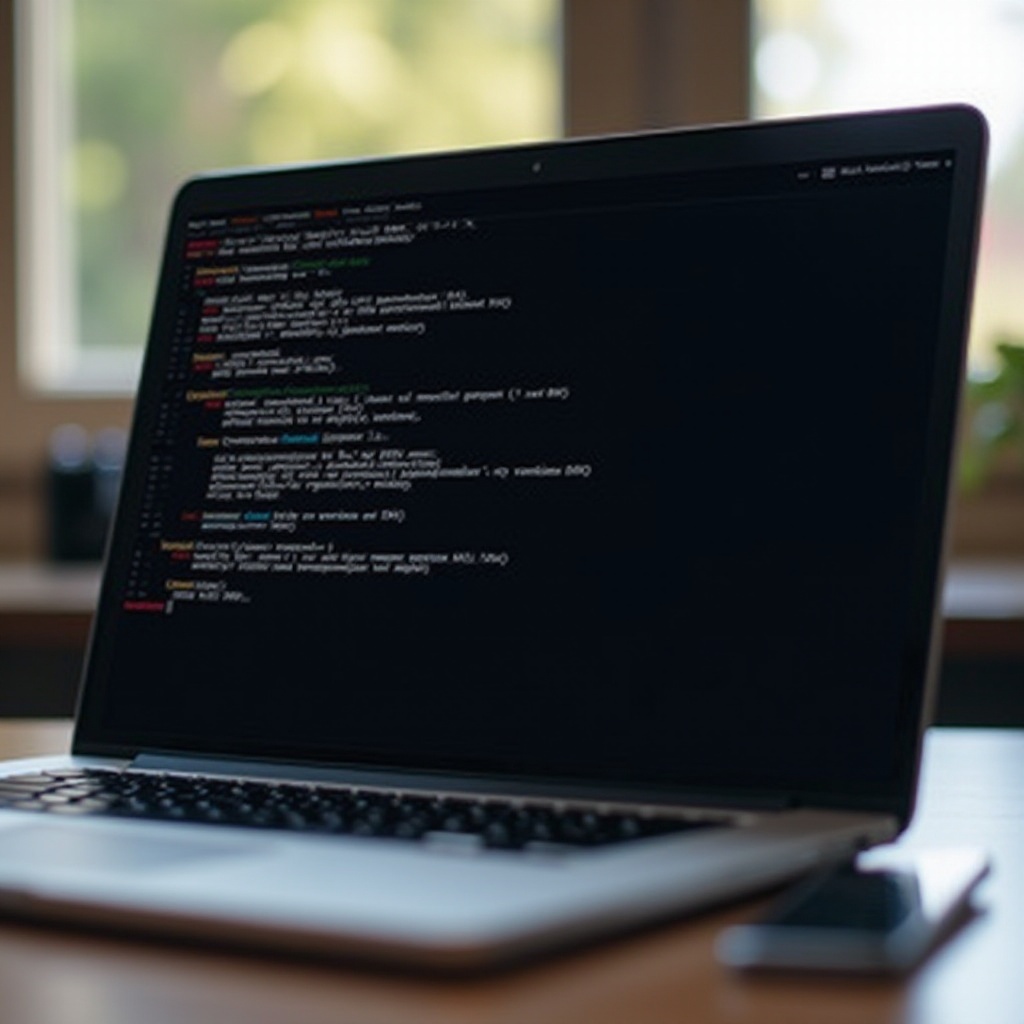
Introduction
Understanding the versions of software running on your system is crucial, especially when managing databases like MySQL. Each MySQL version includes unique features and improvements, and knowing which versions you have installed can help in troubleshooting and optimizing your database performance. On a MacBook, checking all the MySQL versions may seem daunting, but with the right approach, it is a straightforward task. This guide will walk you through the necessary steps to identify all the MySQL versions installed on your MacBook using different methods.

Pre-checklist Before Checking MySQL Versions
Before diving into the different methods to check MySQL versions, it’s essential to ensure a few prerequisites are in place for a smooth process:
1. User Permissions: Ensure you have administrative access to your MacBook. Some commands and installations may require higher-level permissions.
2. Updated Software: Verify that your system software, particularly the Terminal application, is up-to-date. This ensures compatibility with commands and scripts you will use.
3. Access MySQL: Make sure MySQL is properly installed on your MacBook. If not installed, download and install the latest version of MySQL from the official MySQL website.
4. MySQL Configuration: Double-check the configuration files. The MySQL configuration file (usually named my.cnf or my.ini) should be correctly set up. This file typically resides in /etc/, /usr/etc/, or /usr/local/mysql/etc/.
Having addressed these pre-checklist items, you can proceed with confidence in executing the methods to check MySQL versions on your MacBook.

Methods to Check MySQL Versions
There are multiple ways to determine the MySQL versions installed on your MacBook. Let’s delve into the two most efficient methods:
Using MySQL Command Line
- Access MySQL Command Line:
- Open the Terminal application on your MacBook.
- Enter
mysql -u root -pto open the MySQL command line, and press Enter. - You will be prompted to input your root password. Enter the password and press Enter to access the MySQL prompt.
- Check MySQL Version:
- Once you gain access to the MySQL prompt, type the following command and press Enter:
sql
SELECT VERSION(); - The output will display the version of MySQL currently running.
- List All Installed Versions:
- To list all MySQL versions, use the following command:
sql
SHOW DATABASES; - This command lists all the databases, helping you identify different versions if multiple installations are present.
Using Terminal Commands
- Using MySQL Command:
- Open the Terminal application.
- Execute the following command to check the MySQL version:
sh
mysql --version - This will display the version of MySQL currently installed and running.
- Using Brew Command (If MySQL was Installed via Homebrew):
- To see all installed versions of MySQL via Homebrew, use:
sh
brew list --versions mysql - This command lists all the MySQL versions installed via Homebrew.
- Locating MySQL Binaries:
- Another method is identifying MySQL binaries on your system. Run the following command:
sh
ls -al /usr/local/mysql - This command lists the MySQL directory contents, potentially indicating different versions.
With these methods, you can effectively determine the MySQL versions installed on your MacBook and gain insights into your database environment.

Managing Multiple MySQL Versions
Running multiple MySQL versions on a single system can be challenging but manageable. Here are some tips to properly manage different versions:
– Using MySQL Workbench: MySQL Workbench allows users to connect and manage multiple MySQL instances. You can define connections for different MySQL versions and seamlessly switch between them.
– Creating Aliases: Establishing terminal aliases for different MySQL versions can streamline switching between them. This involves modifying your shell profile (~/.bash_profile, ~/.zshrc, etc.) to create a shortcut for each MySQL version:
sh
alias mysql5.7='/usr/local/mysql-5.7/bin/mysql
alias mysql8.0='/usr/local/mysql-8.0/bin/mysql
– Docker Containers: Docker provides an excellent way to manage multiple MySQL versions. By creating containers for each MySQL version, you can isolate and control each instance without conflicting installations.
Troubleshooting Common Issues
Encountering issues while identifying or managing MySQL versions is common. Here are some troubleshooting tips:
– MySQL Command Not Found: Ensure MySQL is installed and properly added to your PATH. If not, add the MySQL binary path to your shell profile:
sh
export PATH=${PATH}:/usr/local/mysql/bin
– Permission Denied: Run Terminal with superuser privileges using sudo.
– Version Conflicts: Uninstall conflicting versions or use Docker for isolation.
Conclusion
Determining all MySQL versions on your MacBook is simple and efficient, thanks to command-line tools and utilities. By following the outlined steps, you can manage, utilize, and troubleshoot MySQL installations on your system, enabling a more effective database environment.
Frequently Asked Questions
How do I update MySQL on my MacBook?
To update MySQL, use Homebrew with the following commands:
“`sh
brew update
brew upgrade mysql
“`
This ensures you have the latest MySQL version installed.
Can I run multiple versions of MySQL on my MacBook?
Yes, multiple MySQL versions can be managed using Docker, MySQL Workbench, or creating shell aliases for different MySQL binaries.
What should I do if the MySQL command is not found in Terminal?
Add the MySQL binary path to your shell profile by adding:
“`sh
export PATH=${PATH}:/usr/local/mysql/bin
“`
This ensures the MySQL command is recognizable in your terminal.
